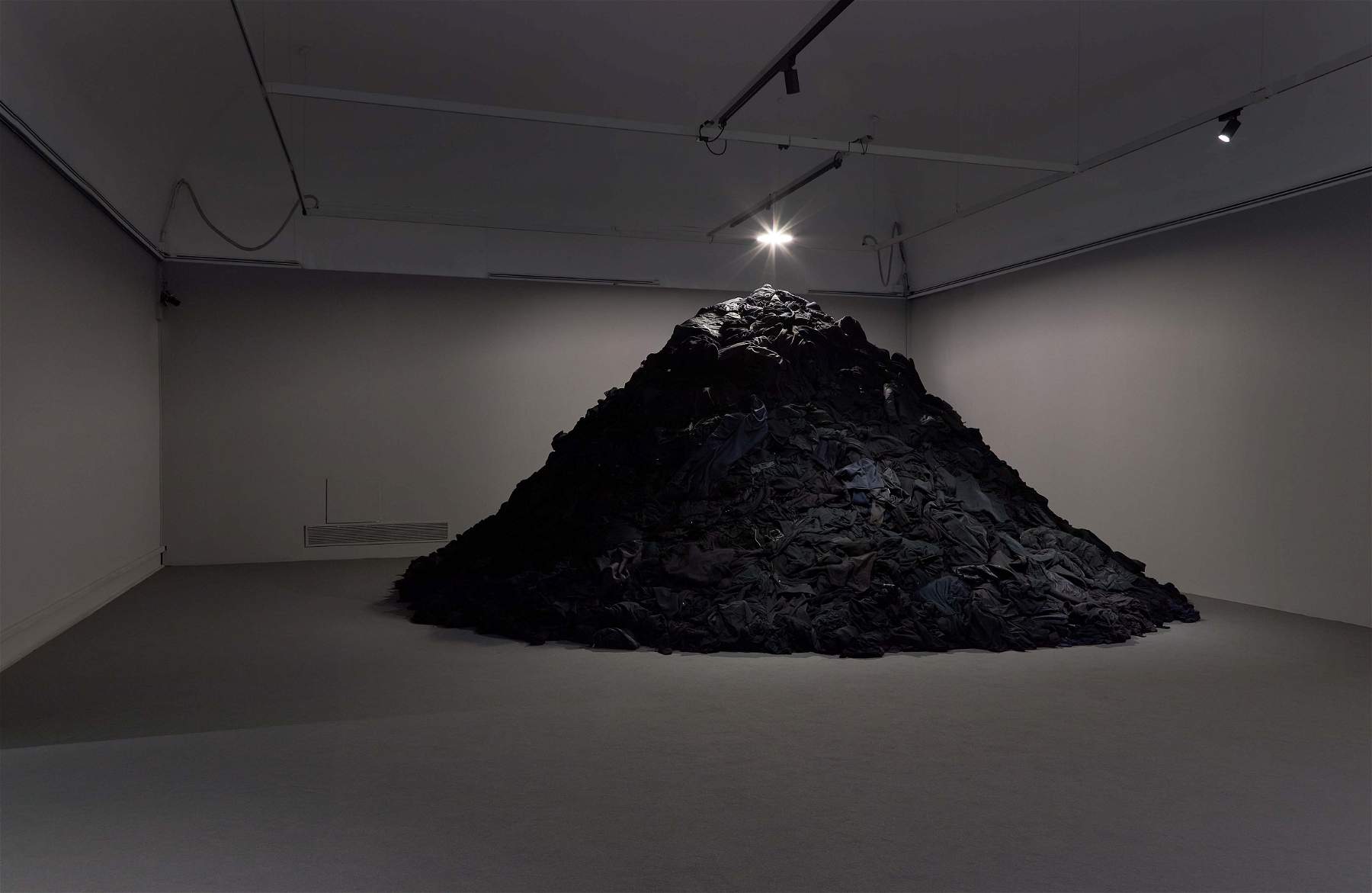Entitled Corpus Domini. From the Glorious Body to the Ruins of the Soul, the major exhibition that Palazzo Reale in Milan dedicates, from October 27, 2021 to January 30, 2022, to the theme of the body, with no less than 111 works (installations, sculptures, drawings, paintings, video installations and photographs) by 34 major international artists, some of them true icons of the contemporary, exhibited for the first time in Italy, to tell the story of the multiplicity of the representation of the human being. The exhibition, curated by Francesca Alfano Miglietti, is promoted and produced by Palazzo Reale, Comune di Milano-Cultura in collaboration with Marsilio Arte and Tenderstories.
The title of the exhibition refers to the disappearance of the “real body” in favor of the “body of the spectacle”: from a “Glorious Body,” the body of awareness, of rebellion, of otherness, to the Body of the Contemporary, on the one hand in its declination as the body of the society of the spectacle and on the other in its most poetic forms: the body of exodus, of labor, of the silent multitude. Thus, in about 1,000 square meters, an exhibition itinerary unfolds that aims to analyze the emergence of new forms of representation in the contemporary world, focusing on the historical shift from the living body protagonist of Body Art to the remade body of Hyperrealism, on the changing aesthetic canons of representation, and on the powerful evocation of the individual through its remains, its traces, and its coverings. The narrative aims to reflect on the crisis of sensory experience provoked by the advent of a culture that proposes perfect, modified, reimagined, produced and re-produced and essentially fake bodies. Works by AES+F, Janine Antoni, Yael Bartana, Zharko Basheski, Joseph Beuys, Christian Boltanski, Vlassis Caniaris, Chen Zhen, John DeAndrea, Gino de Dominicis, Carole A. Feuerman, Franko B, Robert Gober, Antony Gormley, Duane Hanson, Alfredo Jaar, Kimsooja, Joseph Kosuth, Charles LeDray, Robert Longo, Urs Lüthi, Ibrahim Mahama, Fabio Mauri, Oscar Muñoz, Gina Pane, Marc Quinn, Carol Rama, Michal Rovner, Andres Serrano, Chiharu Shiota, Marc Sijan, Dayanita Singh, Sun Yuan & Peng Yu, Gavin Turk.
A great number of first-person artists, museums, foundations, archives, private galleries and collectors have collaborated in Italy and abroad in the construction of the exhibition, which for the first time rethinks the concept of humanity after the shocking period caused by Covid-19. From the works of historical hyperrealists, one arrives at other narrative types, where the body is evoked rather than represented, where it seems to have vanished leaving only the traces of its having been there; the human being is evoked through his clothes, objects of his work or his nomadic being, as well as the bodily fragments, and his mutation, that reflect the changing social conditions of the contemporary world. Special mention should be made of Christian Boltanski, who passed away recently, and who will be on view with the work Le Terril Grand-Hornu (2015). A key section is the one dedicated to Lea Vergine: a sort of “private” room in collaboration with the Lea Vergine Archive in which works will be exhibited, some of which have characterized her critical path, and then books, documents and photographs that testify to her precious and singular research in the field of Body Art, which remains an indispensable reference in the narrative related to the body.
“The boundary between the real and the imaginary,” says the curator, “is becoming less and less recognizable, so much so that we absorb reality inside a screen, as demonstrated by the obsessive presence of screens in our lives: flat screens of televisions and computers, video games, smartphones. The screen cancels the distance between the viewer and the scene, invites him to immerse himself inside, offers him a reality at hand, but on which his hand has no grip.”
An illustrated catalog, bilingual (Italian-English), Marsilio Editori, will be published for the occasion, containing an essay by the curator and contributions by Vincenzo Argentieri, Franco Berardi “Bifo,” Furio Colombo, Francesca Giacomelli, Gianfranco Ravasi, Massimo Recalcati, Chiara Spangaro, Gino Strada, and Moreno Zani. For all information you can visit the Palazzo Reale website.
Pictured is the work of Christian Boltanski. Photo by Edoardo Valle.
 |
| Milan, a major exhibition on the body at Palazzo Reale, from Boltanski to DeAndrea, Beuys to Hanson |
Warning: the translation into English of the original Italian article was created using automatic tools. We undertake to review all articles, but we do not guarantee the total absence of inaccuracies in the translation due to the program. You can find the original by clicking on the ITA button. If you find any mistake,please contact us.